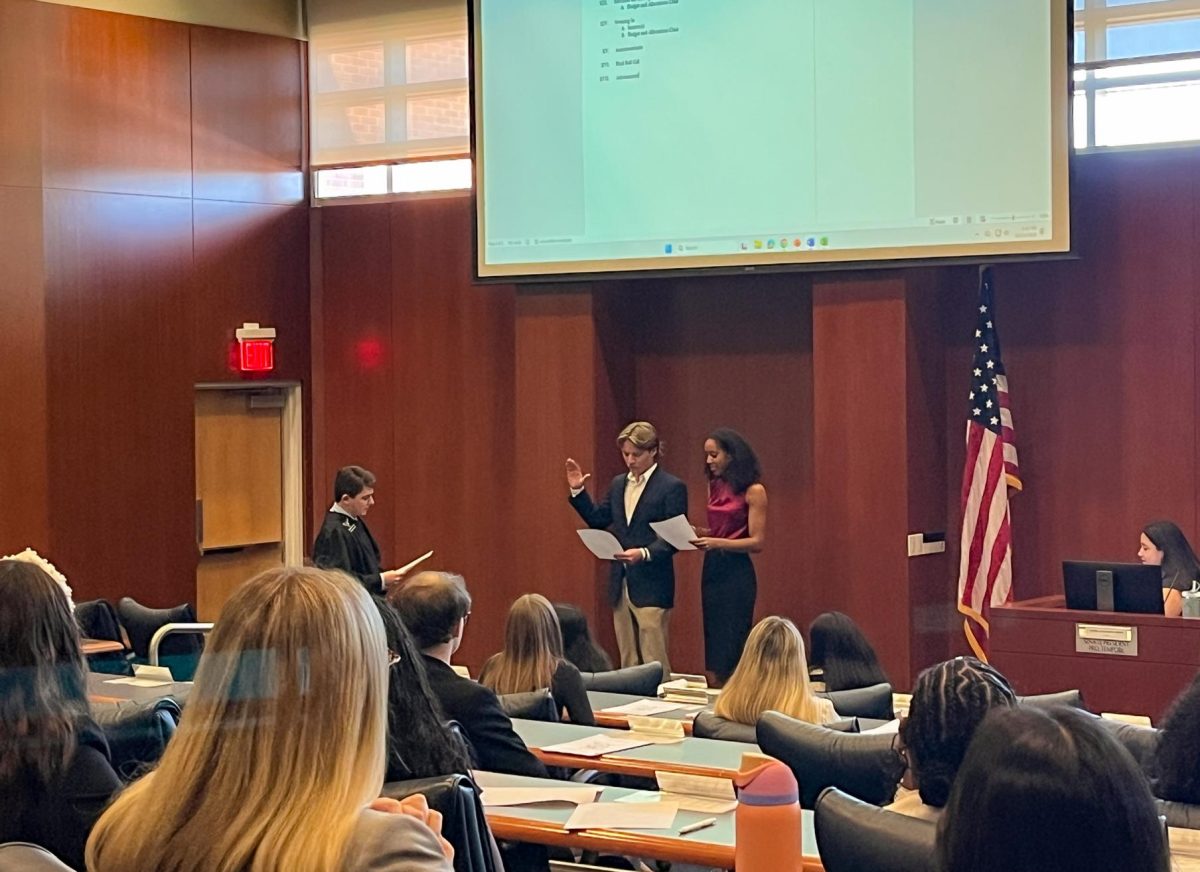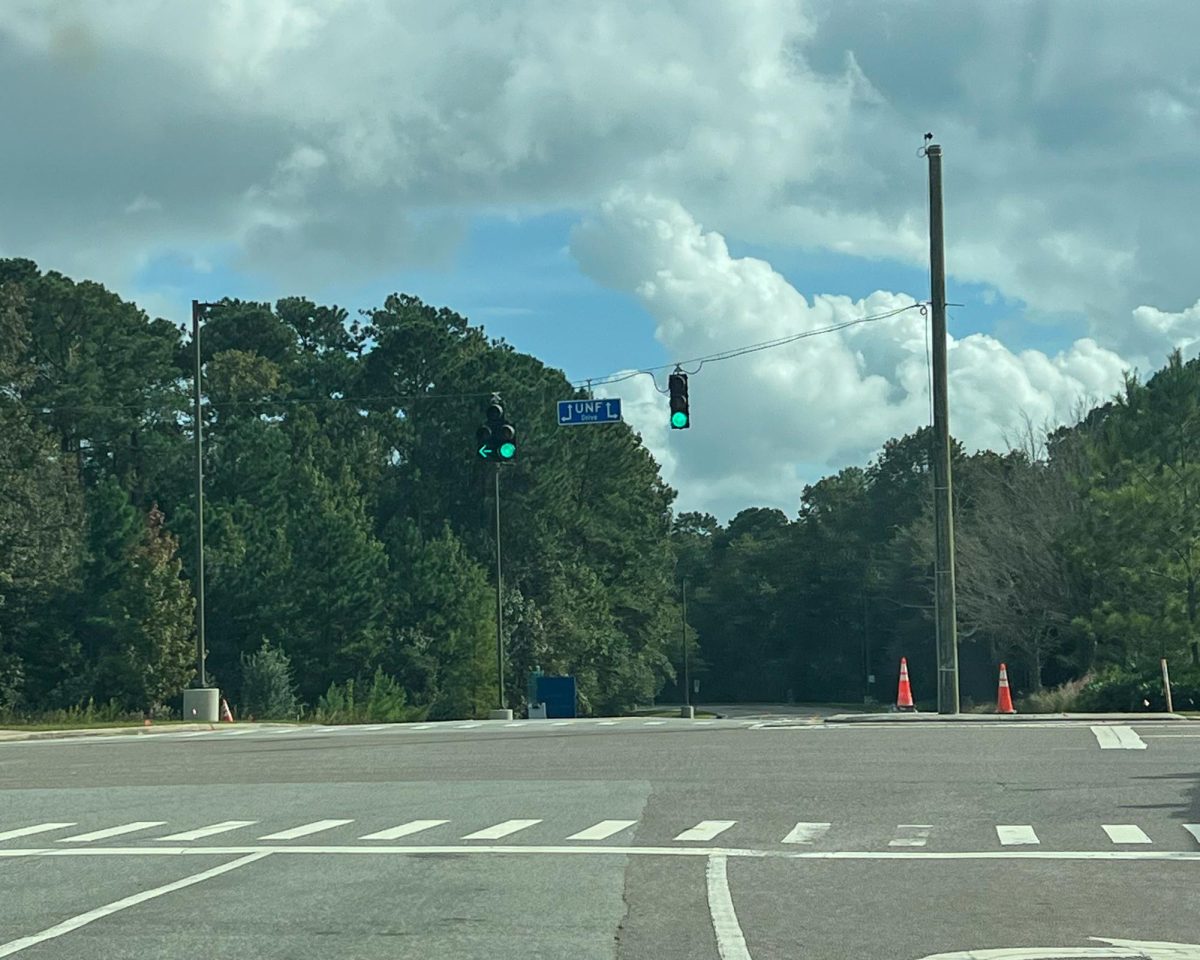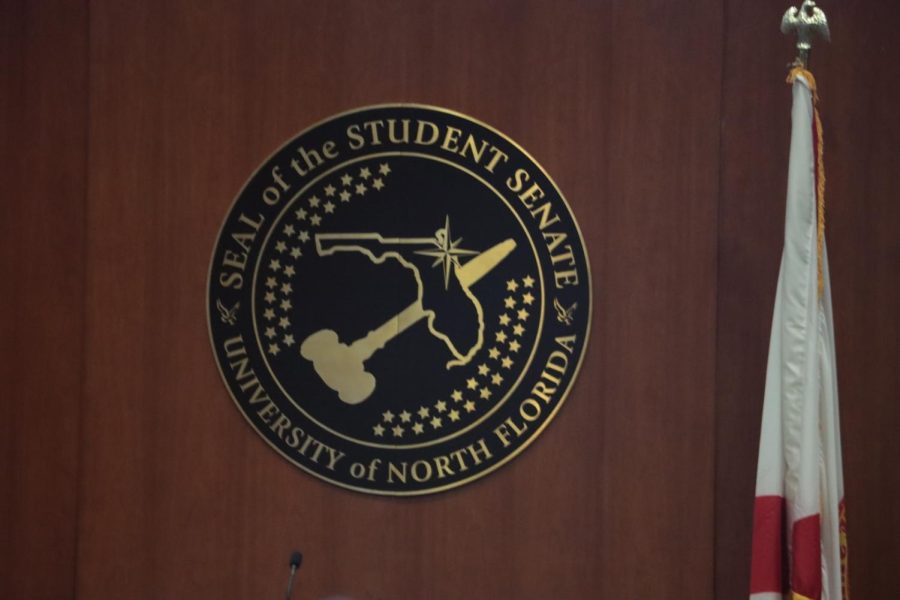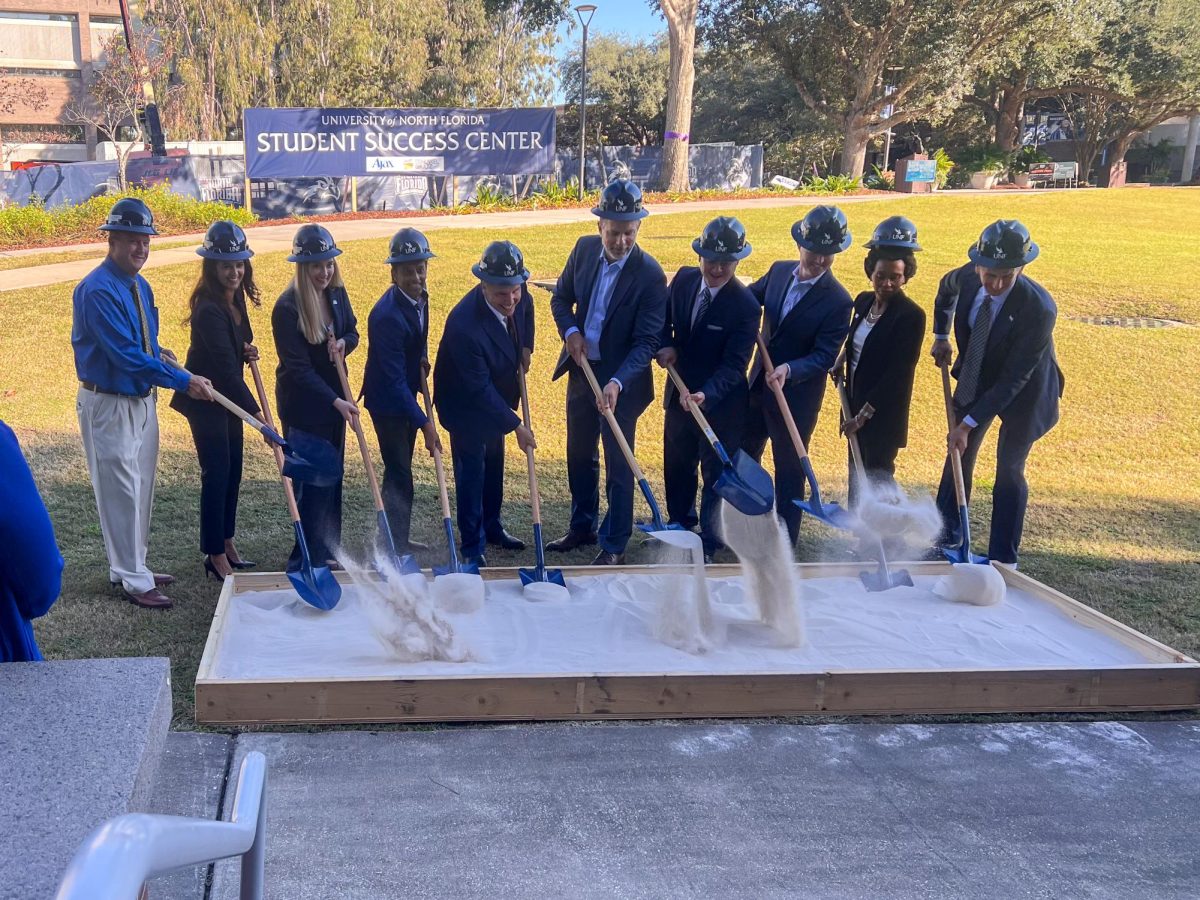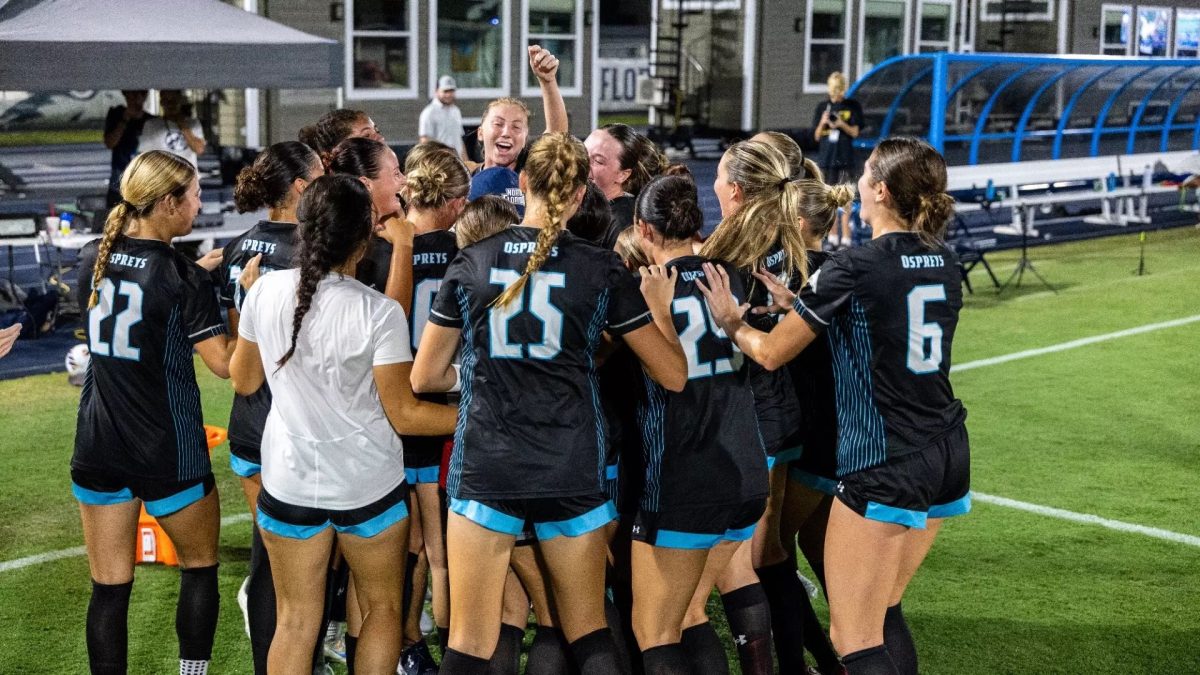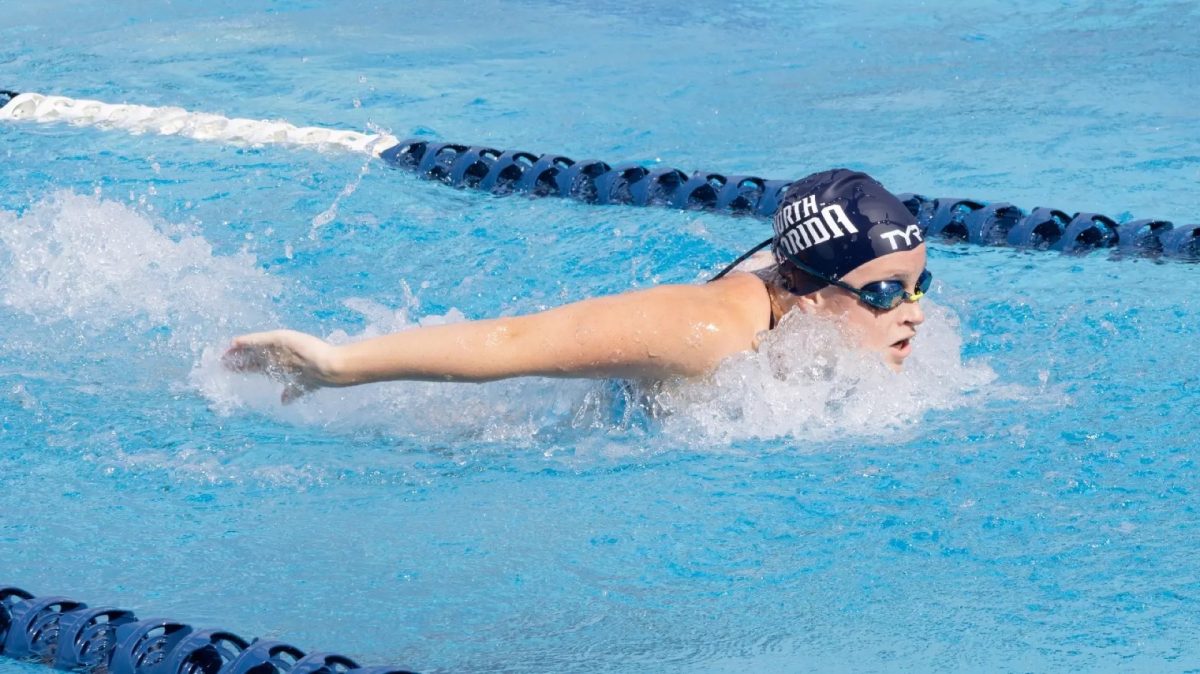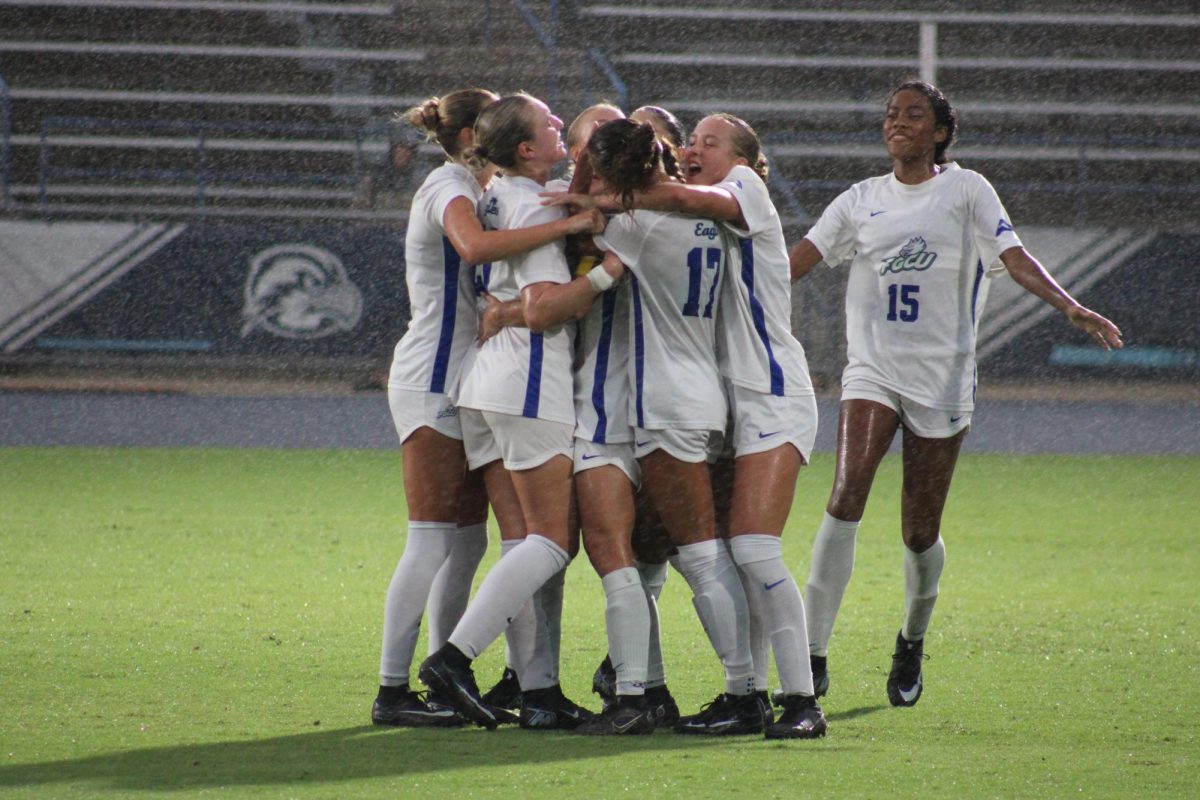 The two separate departments are now better organized
The two separate departments are now better organized
As UNF grows, so must its departments, the UNF Physics Department Chair James Garner said.
Garner used to be the chemistry and physics department chair before it split into two separate departments July 1.
The old department outgrew itself, and the split was done primarily to obtain separate budgets and offices, Garner said.
The budgets are determined by each college separately and on a number of different factors, said Kenneth Laali, chair of the UNF Chemistry Department.
The chemistry department has a slightly larger budget due to a larger array of classes and larger enrollment, Laali said.
However, the sum of the budgets for the separate departments is almost equal to the budget of the joint department, Garner said.
Although the budget has changed slightly, the degree and graduation requirements remain unchanged.
Since the departments’ degrees have always been separate, the change won’t mess with students’ diplomas, Garner said.
Garner called the split “positive.”
“It will allow each department to receive individual recognition,” he said.
Each department has special needs, like the excessive amount of equipment, that is too much for one department head to handle.
It would be unusual for a university of this size to have conjoined chemistry and physics departments, Garner said. And some students think the change reflects that.
“I don’t see why the departments were combined in the first place,” said Lyn Ann Nelson, a UNF biology junior.
While Garner became the department of physics chair, the chemistry department still needed a head.
After a nine-month long search, interview and approval process, a committee chose Kenneth Laali as the chair of the department of chemistry. Laali, an organic chemist and professor from Kent State University in Ohio, said he wanted to increase the presence of the chemistry department on campus. This desire is already under way.
The department started a recruitment program that targets local high schools and a seminar program that brings student-requested speakers to UNF. Laali said he has also turned his efforts toward fundraising, the search for donors and the search for three new faculty positions.
While any direct usage of the fundraising money has not been decided, donor money could be used for buying new instruments or a seminar series, Laali said.
Although plans for donated money are stagnant, the search for three new employees is underway.
These three positions will focus on bio-related studies, environmental studies and materials chemistry studies, respectively. Laali said this search will expand the department’s undergraduate offerings.
The new faculty will teach advanced topic courses, which will serve as upper level electives, Laali said. The chemistry department lacks in upper level electives as of now, and the addition of new faculty will help with this.
So far, 115 people have applied for the three positions.
The chemistry department formed a search committee that reviews all the applicants, Laali said. The committee met Oct. 14 to review, evaluate and sort through applications.
“The amount of qualified applicants that have applied promises that we will be able to select a great candidate,” he said.
The on-campus interviews are predicted to take place before the end of the current fall semester, that way the candidates can begin teaching at the beginning of the new year, he said.
But how has UNF been able to make this divorce possible? Garner said it wasn’t hostile but rather a friendly process.
“Even with the split, the two departments still have a lot of interactions given our proximity, history and friendships,” Garner said.
Some students have seen a positive organizational change.
“If the split helps everyone be more organized, then I’m sure it will positively benefit the students as well,” said Judson Settle, a UNF biology junior who does research with one of the chemistry professors.
With the split, the physics department offices are located in Building 50, room 2600. The chemistry department offices are located in the same building in room 3502. Both departments still share a copy room and small club room in Building 50, on the second floor.
Both departments also seriously consider starting a master’s program, he said. They examine the feasibility of starting the programs.
Although they contemplate master’s programs, it would take five years before they could be started, because the primary costs are involved in hiring, he said.
The physics department would be looking to add a master’s in applied physics and materials or a professional science masters, Garner said.
The chemistry department would like to begin writing a proposal for a master’s program in the spring and summer of next year, Laali said.




